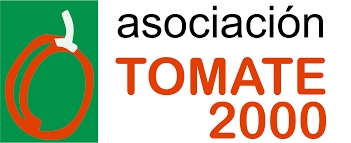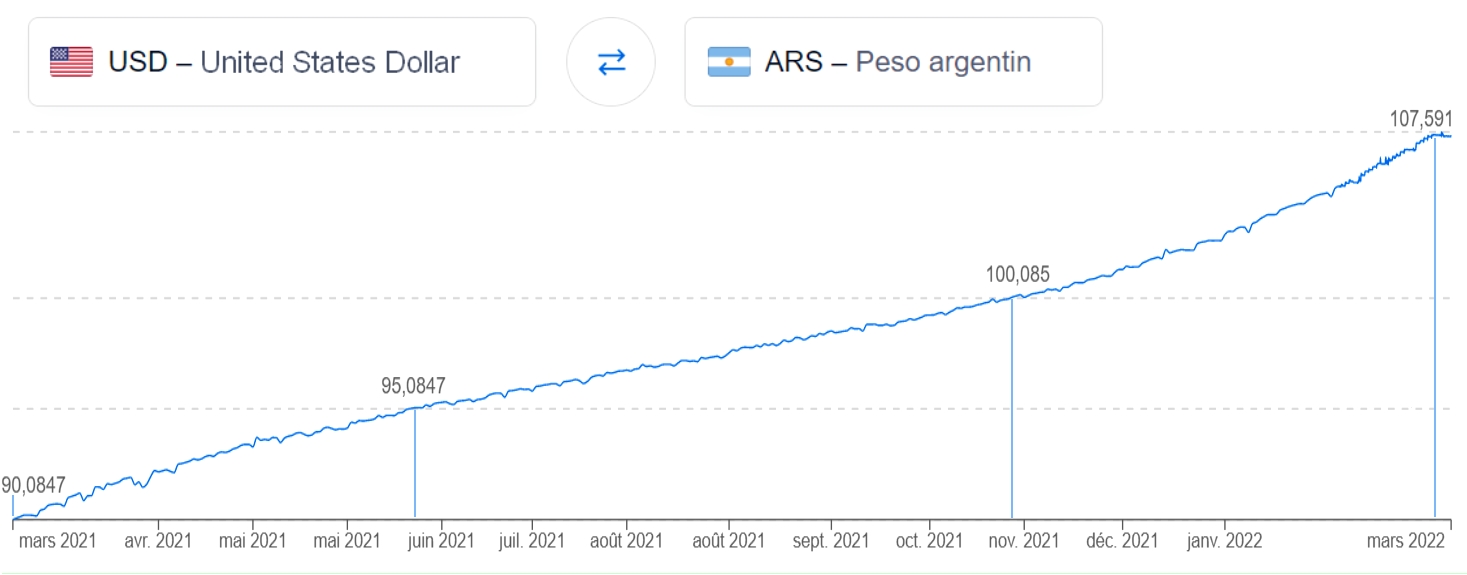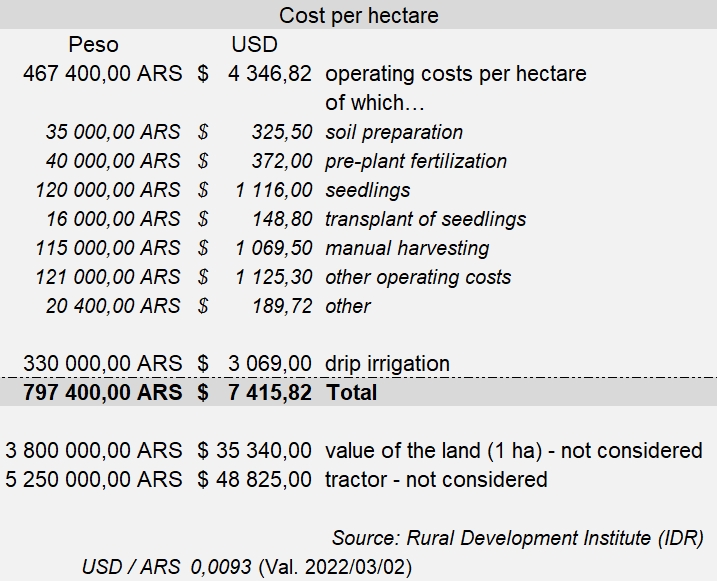Respect for your privacy is our priority
The cookie is a small information file stored in your browser each time you visit our web page.Cookies are useful because they record the history of your activity on our web page. Thus, when you return to the page, it identifies you and configures its content based on your browsing habits, your identity and your preferences.
You may accept cookies or refuse, block or delete cookies, at your convenience. To do this, you can choose from one of the options available on this window or even and if necessary, by configuring your browser.
If you refuse cookies, we can not guarantee the proper functioning of the various features of our web page.
For more information, please read the COOKIES INFORMATION section on our web page.


 The agricultural engineer Cosme Argerich, researcher member of INTA La Consulta and technical advisor of the Tomato 2000 association, said he was satisfied with the beginning of the season. "At the moment, there is a little more tomato volume than in 2021, but this can change from one week to the next due to weather issues. We hope that the harvest will be similar to last year, around 250,000 tonnes in Mendoza," explained Argerich.
The agricultural engineer Cosme Argerich, researcher member of INTA La Consulta and technical advisor of the Tomato 2000 association, said he was satisfied with the beginning of the season. "At the moment, there is a little more tomato volume than in 2021, but this can change from one week to the next due to weather issues. We hope that the harvest will be similar to last year, around 250,000 tonnes in Mendoza," explained Argerich.
 In a region where it is difficult to mobilize labor due to competition with other crops such as grapes, the processing tomato industry has also made progress in mechanical harvesting, although the price of a tomato harvester is much higher (about USD 400,000) than equipment for other crops (USD 45,000 for a garlic harvester). In this context, harvesting machines are often owned by processing plants, or groups of producers, who rent them at harvest time.
In a region where it is difficult to mobilize labor due to competition with other crops such as grapes, the processing tomato industry has also made progress in mechanical harvesting, although the price of a tomato harvester is much higher (about USD 400,000) than equipment for other crops (USD 45,000 for a garlic harvester). In this context, harvesting machines are often owned by processing plants, or groups of producers, who rent them at harvest time.


























